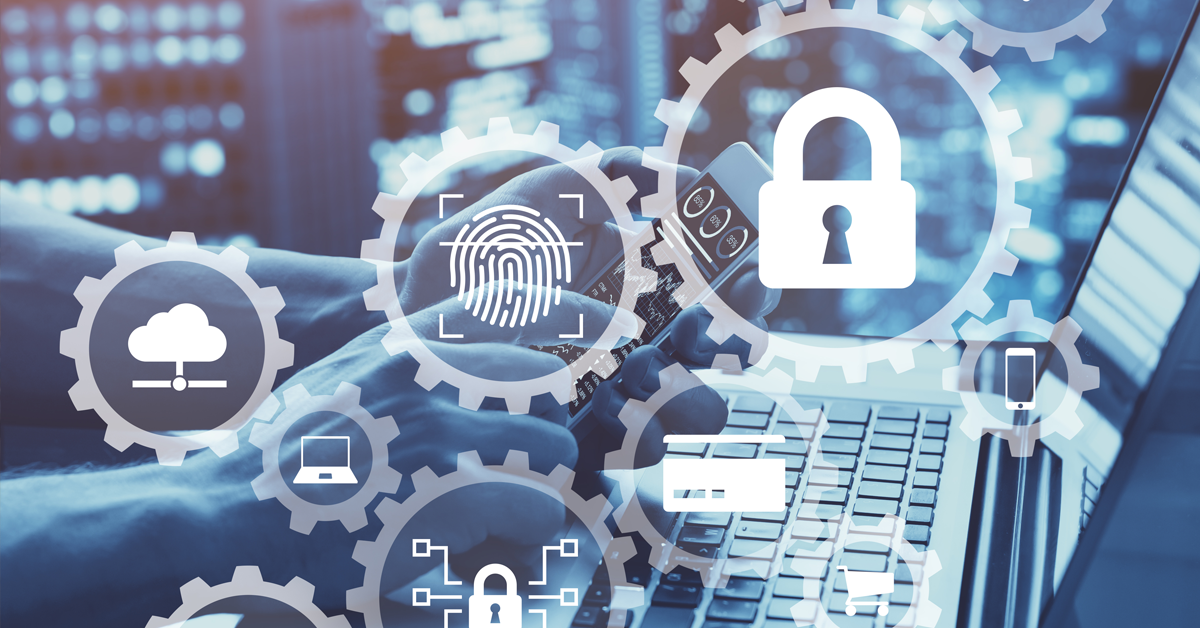How to Protect Your Business from Cybersecurity Threats

In today's digital age, cybersecurity threats are as ubiquitous as the internet itself. Imagine your business as a fortress, and cyber threats as invisible invaders constantly probing for weaknesses. Protecting your business from these threats is not just a good idea; it's a necessity. Let's dive into the essential cybersecurity measures you need to implement to safeguard your business.
Understanding the Landscape of Cyber Threats
Cyber threats come in many forms, from phishing attacks to ransomware, and each poses a unique risk to your business. Understanding these threats is the first step in developing a robust cybersecurity strategy.
Types of Cyber Threats
- Phishing Attacks: These are fraudulent attempts to obtain sensitive information such as usernames, passwords, and credit card details by disguising as a trustworthy entity in an electronic communication.
- Malware: Short for malicious software, malware includes viruses, worms, Trojan horses, and spyware designed to harm or gain unauthorized access to a computer system.
- Ransomware: A type of malware that encrypts a victim's files and demands payment in exchange for the decryption key.
- Data Breaches: Unauthorized access to confidential information, often resulting in the exposure of sensitive data.
Implementing Effective Cybersecurity Measures
Protecting your business from cyber threats requires a multi-layered approach. Here are some essential cybersecurity measures to consider.
Employee Training and Awareness
Your employees are your first line of defense against cyber threats. Regular training sessions on cybersecurity best practices can significantly reduce the risk of human error. Teach your employees how to recognize phishing emails, the importance of strong passwords, and the dangers of downloading unknown files.
Strong Password Policies
Weak passwords are a common entry point for cybercriminals. Implement a strong password policy that requires complex passwords and regular updates. Consider using password managers to help employees generate and store secure passwords.
Regular Software Updates
Outdated software is a prime target for cyber attacks. Ensure that all software and systems are regularly updated with the latest security patches. This includes operating systems, antivirus software, and any other applications used in your business.
Multi-Factor Authentication
Multi-factor authentication (MFA) adds an extra layer of security by requiring users to provide two or more verification factors to gain access to a resource. This can include something the user knows (like a password), something the user has (like a token), and something the user is (like a biometric verification).
Threat Detection and Response
Investing in threat detection tools can help you identify and respond to potential cyber threats in real-time. These tools use advanced analytics and machine learning to monitor your network for suspicious activity and alert you to potential threats.
Cyber Risk Management: A Proactive Approach
Cyber risk management is about more than just reacting to threats; it's about proactively identifying and mitigating risks before they become a problem.
Conducting Regular Risk Assessments
Regular risk assessments can help you identify vulnerabilities in your systems and processes. This involves evaluating the likelihood and impact of potential threats and implementing measures to mitigate these risks.
Developing an Incident Response Plan
An incident response plan outlines the steps your business will take in the event of a cyber attack. This includes identifying key personnel, establishing communication protocols, and outlining the actions to be taken to contain and mitigate the threat.
Regular Audits and Compliance Checks
Regular audits and compliance checks can help ensure that your cybersecurity measures are up to date and effective. This includes reviewing your security policies, conducting vulnerability assessments, and ensuring compliance with relevant regulations.
Security Best Practices for Small Businesses
Small businesses are often targeted by cybercriminals because they are perceived as having weaker security measures. Here are some security best practices specifically for small businesses.
Secure Your Network
Ensure that your network is secure by using firewalls, encryption, and secure Wi-Fi networks. Regularly update your network hardware and software to protect against known vulnerabilities.
Backup Your Data
Regularly backing up your data can help you recover from a data breach or ransomware attack. Store backups in a secure, off-site location to ensure they are not compromised in the event of an attack.
Limit Access to Sensitive Information
Limit access to sensitive information to only those who need it. Use role-based access controls to ensure that employees only have access to the data and systems necessary for their job functions.
Conclusion
Protecting your business from cybersecurity threats is a complex but essential task. By understanding the landscape of cyber threats, implementing effective cybersecurity measures, and adopting a proactive approach to cyber risk management, you can significantly reduce the risk of a data breach. Remember, cybersecurity is not a one-time effort; it requires ongoing vigilance and continuous improvement.
Stay informed, stay proactive, and stay secure. Your business depends on it.
FAQs
What is the most common type of cyber threat? The most common type of cyber threat is phishing attacks, which account for a significant portion of data breaches.
How often should I update my software? Software should be updated as soon as new security patches are released. Regular updates help protect against known vulnerabilities.
What is multi-factor authentication (MFA)? Multi-factor authentication (MFA) is a security process in which a user is granted access only after successfully presenting two or more pieces of evidence to an authentication mechanism.
Why is employee training important in cybersecurity? Employee training is crucial because human error is a leading cause of data breaches. Educated employees can recognize and avoid common cyber threats.
What should I do if my business experiences a data breach? If your business experiences a data breach, immediately follow your incident response plan. This includes containing the breach, notifying affected parties, and conducting a thorough investigation to understand the cause and extent of the breach.


Belum ada Komentar untuk "How to Protect Your Business from Cybersecurity Threats"
Posting Komentar